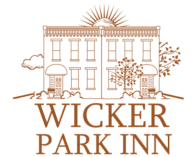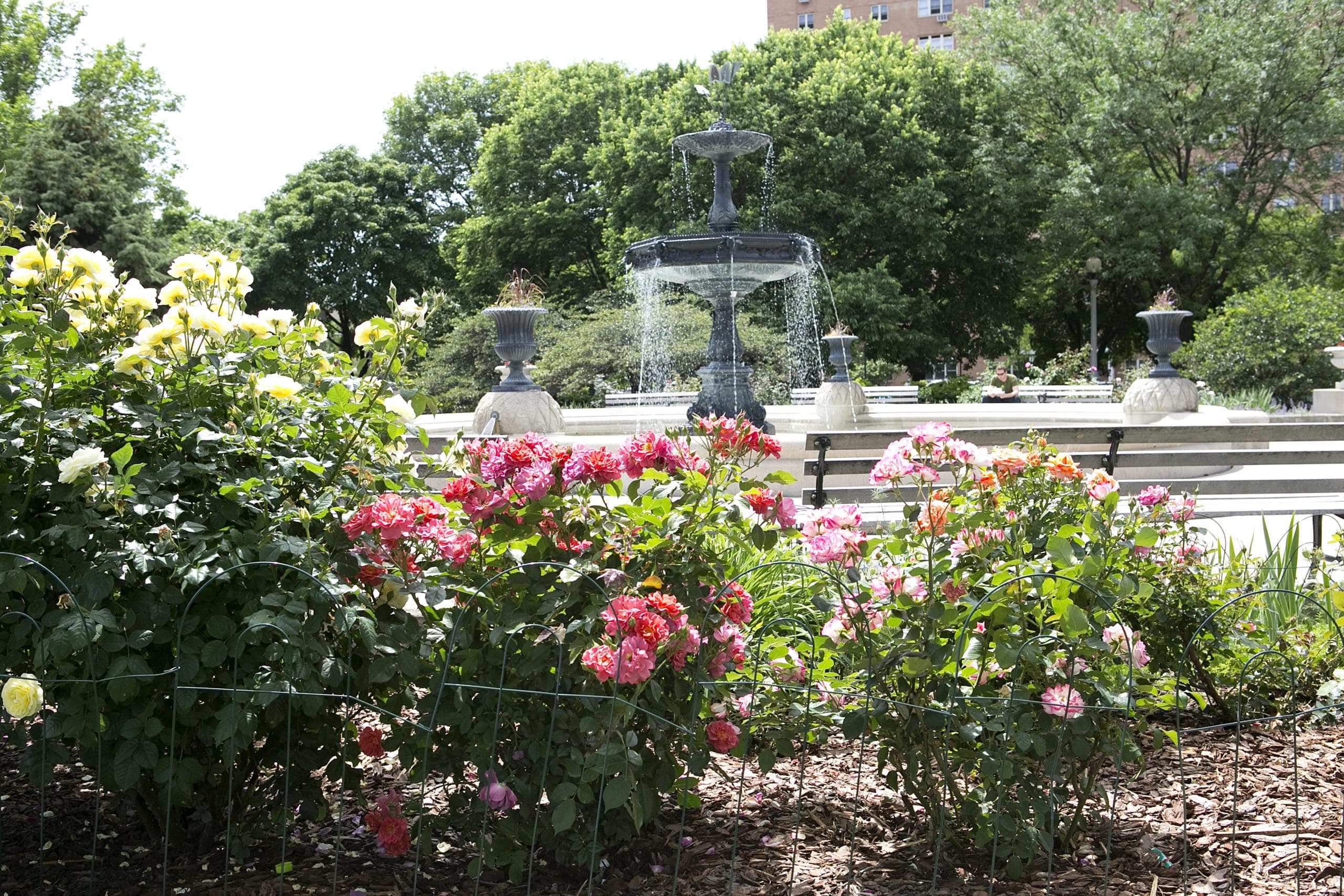I moved to the Wicker Park neighborhood over 20 years ago. As an Urban Studies major, the rich immigrant and architectural history of this neighborhood mixed with the fiercely independent and artistic energy truly appealed to me. Learning about the history of Wicker Park helps to understand how this neighborhood became the vibrant area that it is today.
The Wicker Park District has been part of Chicago since it’s incorporation as a city in 1837. At the heart of this community is a beautifully landscaped park developed and named after Charles G. Wicker and his brother Joel H. Wicker. Industry first came to the area in 1857 when the Rolling Mill Steel Works opened along the river near Ashland and Armitage. An Irish community settled in that area providing the major source of labor for the mill. Germans and Norwegians were the first ethnic groups pushing out of the city along the immigrants’ path to prosperity. Not too long after they were followed by the Jews and then the Poles.
The Great Chicago Fire of 1871 changed the landscape forever. Prosperous families that moved into the area built large mansions and greystones that still line our picturesque, tree-lined streets. Like the Wicker Park Inn, a plethora of the homes have historical value and can be traced back to the industrial surge in the 1900s.
Beginning in the 1960s, Wicker Park began to change radically. Construction of the Kennedy Expressway, completed in 1960, had displaced many residents and torn holes in the sustaining network of Polish-American churches, settlement houses, and neighborhood groups. This transition coincided with a post World War II housing shortage, and many of the mansions were divided into multifamily units and rooming houses. Although today you’ll notice the emergence of newly remodeled single family homes, the prominence of these is still palpable.
Following these shifts, The Wicker Park Eagle newspaper began publishing and claimed to be “in the interest of Wicker Park and the North-West Side.” Other businesses included stables, blacksmiths, tailor shops, sausage-makers, coal, wood, stone and lumber yards, laundries, greenhouses, milk depots, bakeries, drug stores, dye works, and eventually large department stores.
During the 1970s, hundreds of cases of insurance-motivated arson were reported in Wicker Park, near St. Elizabeth Hospital. Many small factories near the area (many in woodworking) also closed or moved away. The city increased building code enforcement and raised taxes. The shift from manufacturing to the new city sponsored service economy also increased unemployment in the area and it was now in a downward decline.
Efforts by community development groups like Northwest Community Organization (NCO) to stabilize the community through new affordable-housing construction in the 1980s coincided with the arrival of artists attracted by the neighborhood's easy access to the Loop, cheap loft space in the abandoned factories, and a distinctly urban feel. Our present day neighborhood is best known for its bustling retail corridors filled with hip cafes, boutique shops, excellent dining and great entertainment. Wicker Park is a convenient place to live for due to its proximity to public transportation and The Loop. In a September 2012 Forbes article, Wicker Park was named the #4 hippest hipster neighborhood in the country. Today, it is home to about 26,000 residents and is known for its architecture, culture, nightlife, and food scene.
Sources: Wikipedia, TimeOut

